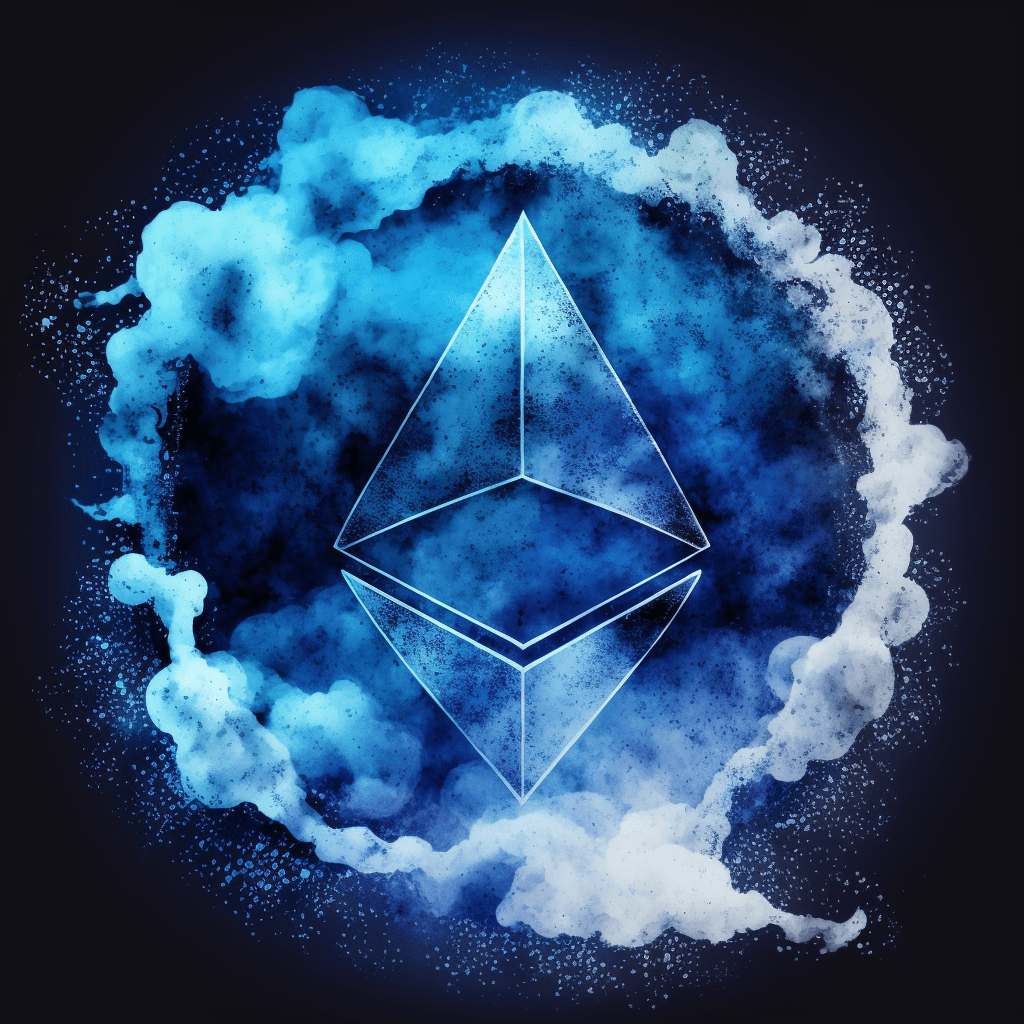As the interest in non-fungible tokens (NFTs) continues to surge, many artists, collectors, and investors are asking, “how much to make an NFT?” The answer varies from one platform to another, with different fee structures and pricing models. NFT pricing structures can have a significant impact on your transactions, whether you’re in the process of creating or investing in NFTs. In this article, we’ll explore the pricing structures of some leading NFT platforms to help you choose the right fit for your digital assets.

OpenSea
OpenSea is by far one of the most popular NFT marketplaces, providing a comprehensive platform that supports the trading of a wide range of NFTs. OpenSea operates on the Ethereum blockchain, and consequently, transaction costs are subject to Ethereum’s network fees, known as gas fees. Pricing on OpenSea includes:
- Gas fees: These Ethereum network fees apply when minting or creating an NFT on OpenSea, as well as when you buy, sell, or transfer an NFT.
- Platform fees: OpenSea takes a 2.5% transaction fee whenever an NFT is sold on the platform. In addition, there might be creator royalties that apply and vary depending on the NFT and its creator.
Rarible
Rarible is another leading NFT marketplace that supports the creation, buying, and selling of NFTs. Like OpenSea, it is based on the Ethereum blockchain, so gas fees are also applicable in its pricing structure.
- Gas fees: All transactions on Rarible, including minting, buying, and selling, are subject to Ethereum’s gas fees.
- Platform fees: Rarible charges a 2.5% transaction fee on all successful sales.
Foundation

Foundation is an NFT platform that caters to a more exclusive group of artists, utilizing an invite-only model that aims to highlight quality art. It operates on the Ethereum network, resulting in similar gas fees to OpenSea and Rarible. However, Foundation’s platform fees differ.
- Gas fees: As with the other Ethereum-based platforms, minting, buying, and selling NFTs on Foundation involves paying gas fees.
- Platform fees: Foundation charges a 15% fee on all NFT sales, which is considerably higher than platforms like OpenSea and Rarible.
Mintable
Mintable is another prominent NFT platform allowing users to create, buy, and sell NFTs. It is also based on the Ethereum blockchain, and its pricing structure is comparable to other Ethereum-based platforms.
- Gas fees: Gas fees apply to minting, buying, and selling NFTs on Mintable. However, Mintable offers “gas-free” minting, allowing the creator to pass on the gas fees to the buyer instead.
- Platform fees: Mintable has a free tier where creators can upload digital assets to create NFTs without paying any upfront fees. However, it also offers a paid tier with greater customization and control options; the paid tier starts at $100 a year, and both tiers are subject to a 5% sales commission.
Nifty Gateway
Nifty Gateway is an NFT platform backed by renowned exchange Gemini, setting itself apart by focusing on the sale of high-quality digital art through drop sales and daily auctions. It’s built on the Ethereum network, and its pricing model is as follows:
- Gas fees: Nifty Gateway streamlines the NFT purchase process by handling gas fees internally, often subsidizing or fully covering the fees.
- Platform fees: While Nifty Gateway does not have set platform fees for creators, fees are negotiated on a case-by-case basis. In contrast, sellers pay a 5% transaction fee.
Choosing the right platform

When comparing NFT pricing structures across platforms, it’s essential to consider fees, functionality, and user experience. Factors that could influence your platform choice include:
- Network fees: Consider the impact of Ethereum’s gas fees on your NFT transactions. Ethereum-based platforms like OpenSea, Rarible, and Foundation will have you incur gas fees for each transaction.
- Platform fees: Examine the commission rates charged by the platform upon the sale of an NFT.
- Features: Assess the unique selling points and features of each platform to find one that aligns with your requirements and preferences.
- Audience: Choose a platform that has a strong reputation within your target market or industry to increase the likelihood of attracting the right audience for your NFT.
With a myriad of NFT platforms available, understanding the differences in pricing structures can help you make more informed decisions. By comparing gas fees, platform fees, and features, you can select the most suitable platform to buy, sell, or create NFTs.
In conclusion, the NFT market offers a wide range of platforms, each with its own pricing model and unique features. By considering factors such as gas fees, platform fees, as well as additional features and intended audiences, you can select the most suited NFT platform for your digital assets. As the NFT space continues to evolve, significant opportunities abound for artists, collectors, and investors alike.
